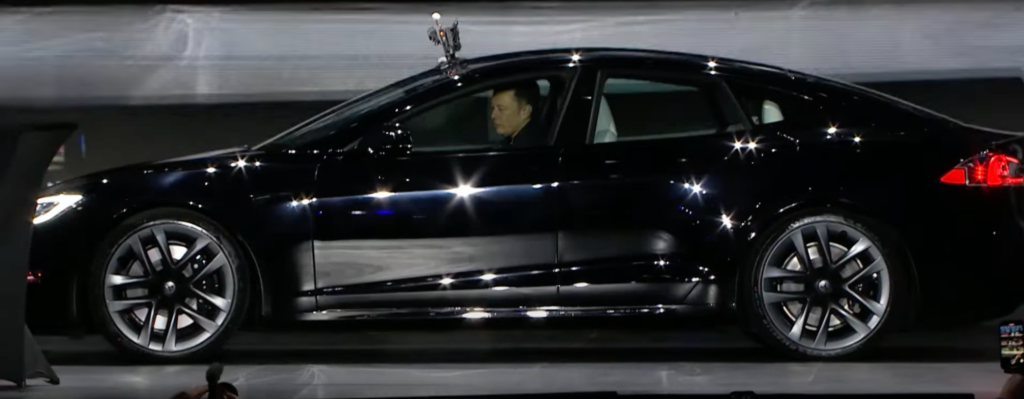Last week Tesla revealed that its new Model S Plaid EV could reach a speed of near 200 MPH and reach 0 to 60 MPH in 1.99 seconds.
Excuse me if I don’t get all giddy with excitement. While this performance feat is certainly impressive, it detracts from the primary goal of electric vehicles which is to help reduce carbon emissions from the transportation sector as quickly as possible.
I took a bunch of heat from people on LinkedIn when I commented on someone else’s post that cars that go this fast should not be allowed on city streets with average drivers. At some point with performance like this, vehicles become race cars in the hands of non-race car drivers.
To be clear, I have nothing against automakers producing fast cars. In fact I drive a Tesla Model S 100D which is pretty damn fast – much faster than what I need or use. At the Plaid launch event Elon Musk said that the Plaid was “faster than any Porsche, safer than any Volvo.”

While Musk may be correct, I would argue that despite its 5-star safety ratings, the concern with a car that goes as fast as the Plaid is not about its crash test results — but rather how its potential misuse in the wrong hands might injure or kill innocent people.
Our public streets are not race tracks. If you want to take your car – whatever type (I’m not limiting my comments to the Tesla Model S Plaid) – to a race track and have fun, be my guest. But cars with race-car type performance should probably be limited when driving on public streets. With software controls and connectivity increasing on electric cars, speeds could potentially be limited based on location.
Would that approach be big brother entering another part of our lives? Absolutely, but at some point safety on our city streets outweighs the ability of someone driving like a race car driver on the way to pick up oatmeal at the local Trader Joe’s.
My real point, however, of this short commentary of an article is not about safety and speed – but about reducing carbon emissions.
The point of electric vehicles is to reduce the amount of carbon emissions from the transportation sector. And there are a lot of ways to achieve this reduction and pure battery electric vehicles is only one aspect. The way we get more mainstream households rather than early adopters in the US to purchase or lease electric vehicles is to convince them that EVs are better and more convenient than their counterpart internal combustion engine cars and trucks.
The fast acceleration capability of electric vehicles was a key component to reducing the “golf cart” image of EVs that existed before the Tesla Model S emerged in 2012. Most consumers are now well aware that EVs have amazing torque and acceleration – they’ve seen the YouTube videos or know someone with a Tesla that has shared how fast the cars are.
What consumers aren’t aware of is how and where to charge them. They aren’t aware that while they want 300-400 miles of range, that for most people that is overkill and a waste for 95%-98% of their driving trips.
What we need are compelling reasons for people to buy an EV — and Ford has nailed it with its F-150 Lightning. With its ability to power your home for up to 3 days (with the additional installation of an inverter), 11 outlets, massive frunk, and less maintenance costs — the F-150 Lighting is the first EV that truly answers the question of why someone should buy an EV.
If reducing carbon emissions is the goal with getting more people to buy EVs as one among many strategies – then quicker and faster cars should not be the focus. Instead we should emphasize the better capabilities of EVs, similar to how smartphones had multiple advantages over simple cell phones.
Again, I’m not being a fuddy dud here and am not against fast cars, whether from Tesla or any other automaker. But if we want to get more people to buy EVs, then the headlines need to be more on aspects such as vehicle to home capabilities, convenient refueling, extra storage space, and lower costs to operate. The ability to take your neighbor for a ride and watch the look on their face when their neck snaps back when you accelerate – is just icing on the cake.
 Announcing the acquisition of EVAdoption by Paren →
Announcing the acquisition of EVAdoption by Paren →